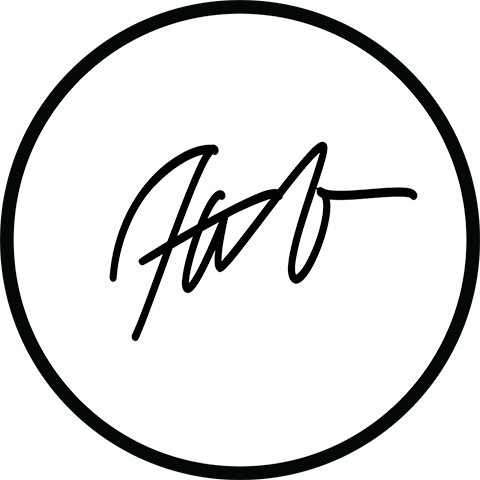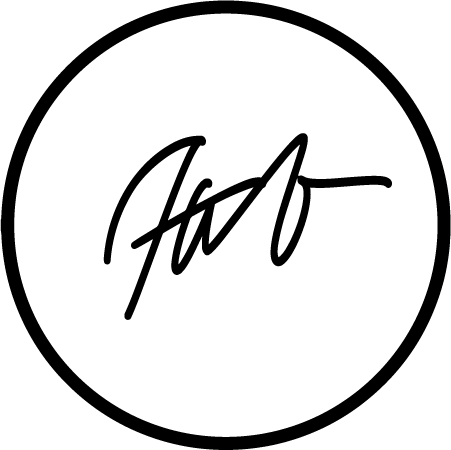Color Palettes for Visual Personal Brands: How to Choose the Right Colors for You
A well-designed color palette can make or break a personal brand. Learn how to choose the perfect colors for your brand and create a cohesive visual identity that stands out from the crowd.
In the digital age, personal branding is KEY. Whether you're an entrepreneur, freelancer, or influencer, your personal brand is a reflection of who you are and what you stand for. Among other things, COLORS are important too. They can evoke emotions, convey a message, and help you stand out in a crowded marketplace. In this FAB article, we'll explore the importance of color in personal branding and provide tips for choosing the right color palettes for your brand.
Let’s dive a little deeper
1. Understanding Color Psychology
When choosing a color palette for your personal brand, it's important to consider the psychology of color. Different colors can evoke different emotions and perceptions in your audience, so understanding the meaning behind each color can help you make an informed decision. For example, blue is often associated with trust and professionalism, while yellow can convey a sense of optimism and creativity. By using colors that align with your brand values and messaging, you can create a powerful visual identity that resonates with your audience. But always keep in mind: colors are CONTEXTUAL. Understand the culture your main audience lives in, see how they perceive certain colors, and use all this research to your advantage.
2. Defining Your Brand Identity
Your brand identity is the unique combination of elements that make up your personal brand, including your values, personality, and style. When choosing a color palette, it's important to consider how the colors you choose will reflect your brand identity. For example, if your brand values include creativity and innovation, you may want to choose a color palette that includes bright and bold colors. On the other hand, if your brand values include trust and professionalism, you may want to choose a color palette that includes more muted and neutral tones.
3. Researching Your Competition
It's important to understand how your color palette compares to your competition, as this can help you differentiate yourself and stand out in a crowded marketplace. By researching your competition, you can get a sense of how are they unsing them. This can help you make an informed decision about your own color palette and ensure that it stands out from the competition. While we cannot reinvent the WHEEL, we can always find ways to add something personal to it.
4. Choosing Your Color Palette
When choosing your color palette, there are a few things to consider. First, you'll want to choose colors that align with your brand identity and messaging. Next, you'll want to consider the psychology of color and how different colors can impact your audience. Finally, you'll want to choose colors that are versatile and easy to work with. This means choosing colors that can be used in a variety of contexts, from your logo to your website to your social media profiles.
5. Using Your Color Palette
Once you've chosen your color palette, it's important to use it consistently across all touchpoints of your personal branding strategy. This means using your colors in your logo, website, social media profiles, and any other marketing materials. By using your colors consistently, you can create a cohesive visual identity that helps you stand out and build brand recognition. Additionally, using your colors consistently can help you establish trust with your audience and convey a sense of professionalism and attention to detail.
Examples of color palettes for Personal Brands
Choosing a color palette for your personal brand is a great way to establish a cohesive visual identity that represents who you are and what you stand for. Your color palette can communicate your personality, values, and style to your audience, and make your brand instantly recognizable.
Minimalist and Modern: If you're a fan of clean lines and simplicity, a minimalist and modern color palette might be perfect for your personal brand. Think black, white, and shades of gray. These colors are timeless, elegant, versatile, and suitable for personal brands that want to be perceived as luxurious.
Ethereal and Organic: If you're someone who loves adventure, and the outdoors and values sustainability, an earthy and natural color palette could be a great fit for your personal brand. Think soft beige & green tones. These colors evoke a sense of warmth, comfort, and natural beauty. Always make sure you choose these colors because you really LOVE them (not because they’re trendy).
Playful and Romantic: If you're a fun-loving and creative person who doesn't take yourself too seriously, a playful and whimsical color palette could be just what you need. These colors are light, airy, and cheerful.
Tips for crafting your own cohesive Color Palette
Creating a cohesive color palette involves more than just choosing a few colors that look good together. Here are some tips for creating a color palette that is cohesive and effective:
Start with your brand values and messaging: Your color palette should reflect your brand values and messaging, so start by defining these elements before choosing your colors.
Use a color wheel: A color wheel can help you choose colors that are complementary and harmonious.
Choose a dominant color: Choose one color as your dominant color, and use it more prominently than the other colors in your palette.
Consider the contrast: Using contrasting colors can help certain elements stand out and create visual interest.
Test your color palette: Before finalizing your color palette, test it across different platforms and contexts to ensure that it works well in all situations.







